What is covered on the course
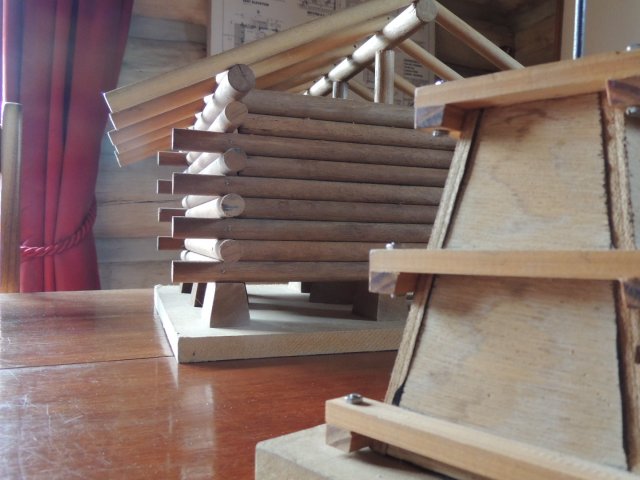
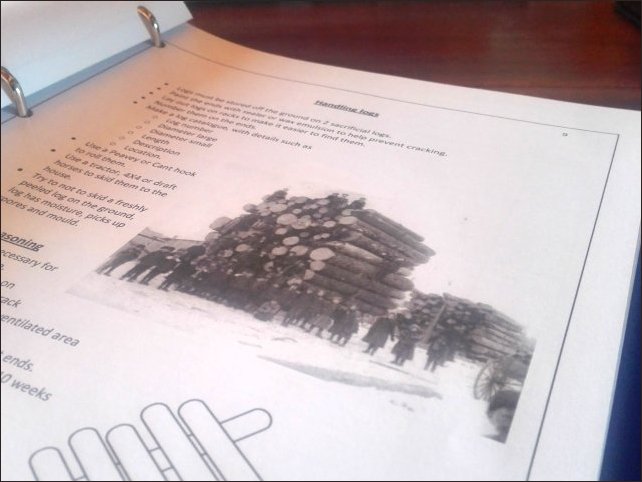


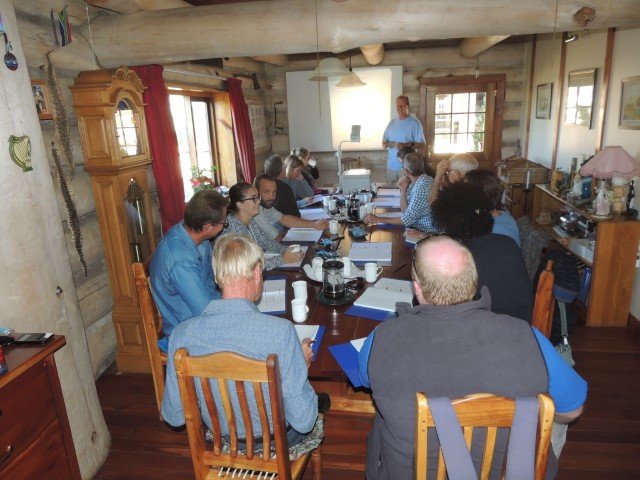
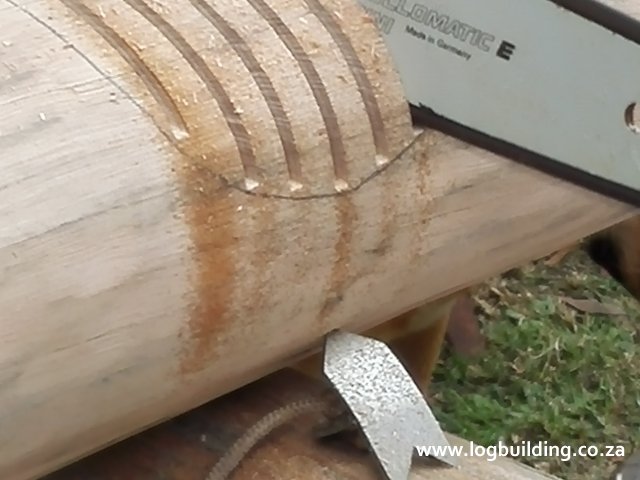


Which Subjects do I cover?
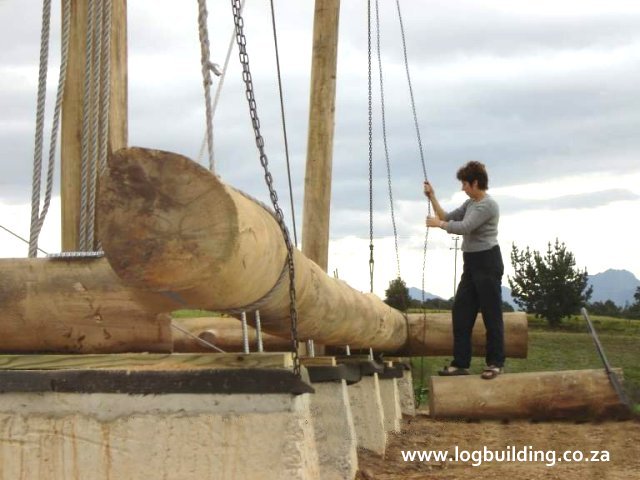
- Planning your project: With proper planning, your project will be quicker, easier, cheaper and more successful.
- Timber: Choosing and sourcing suitable local timber species .
- Timber preservative treatment: All the acceptable methods of preserving timber and how to make your own and do it yourself (exceeds SANS 10005 preservative treatment of timber).
- Foundations: Different types of foundations, why you would use them and how to set them up accurately.
- Construction: The building of earthquake and hurricane proof Log Home walls
- Roof structure: Exact instructions on how to build a simple, strong and effective roof structure.
- Roof coverings: A discussion on commonly available roofing materials, their performance, pro's and con's, reasons for choosing and how to purchase at the lowest cost.
- Roof insulation. How to choose your roof insulation according to your climatic zone.
- Log sawing: Practical The economic reasons behind cutting your own planks with a demonstration of just how easy it is. Seasoning your floor boards
- Lifting logs: How to setup rigging and lift heavy logs with minimal equipment. "You just have to be smarter than the log!".
- Scribe fitting: Practical: learn the satisfying skill of accurately marking out and cutting Scribe fit log joints.
- Floors: Determining span and spacing of floor joists and laying 'squeak free' floor boards
- Windows & Doors: Installing windows and doors, how to buy them economically, how to glaze them, right down to how thick your glass must be
- Additionally, I discuss many other subjects, including Building regulations, selecting a site, Finances, etc
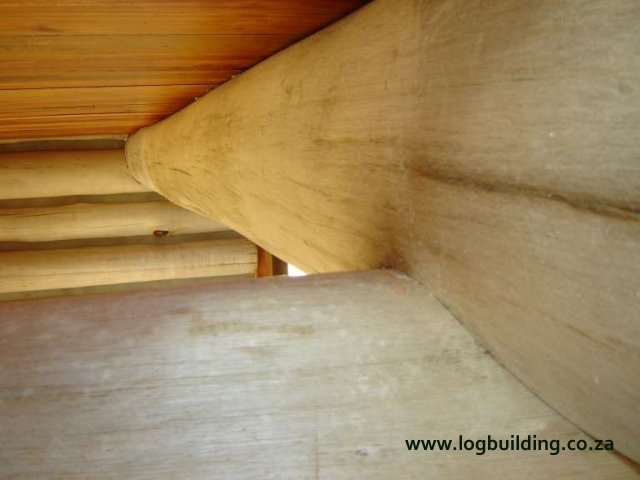
What's in the course manual?
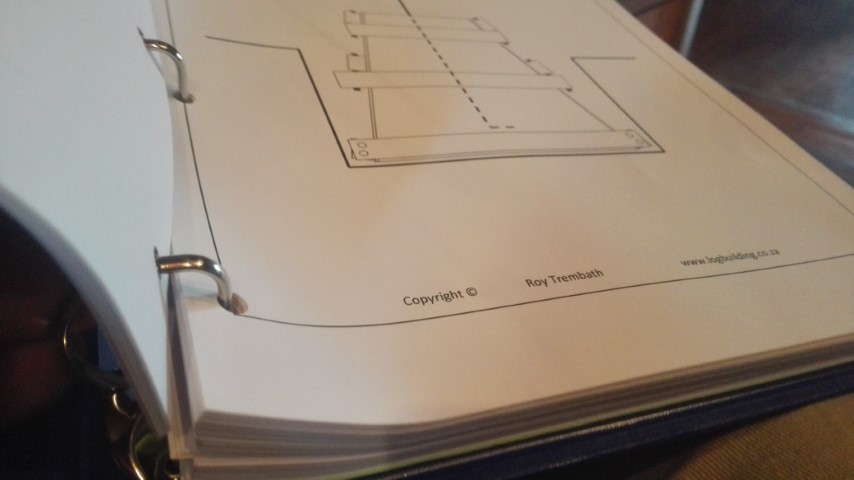
- Precise step by step instructions.
- Diagrams of each important step.
- Considerations for planning your home.
- Sequence for designing and planning your home.
- Tools you will need.
- Measuring your building.
- Logs.
- Peeling and seasoning logs.
- Handling logs.
- Foundations.
- Accurately laying out foundations.
- Building foundation shuttering.
- Capping foundations.
- Setting first logs.
- Stacking the walls.
- Ridge pole support logs.
- ridge pole.
- Rafters.
- Rafter spacing and span.
- Installing the ceiling.
- Building the roof structure.
- Roofing materials.
- Roof insulation.
- Floor joists, spacing and span.
- Laying floor boards.
- installing windows and doors.
- Glazing - how to do it yourself very neatly.
- Setting up rigging for lifting.
- Calculating weight of logs and tailoring the rigging.
- Lifting equipment.
- Framing the gables.
- Building board and batten siding.
- Chinking.
- Internal walls.
- Rooms and their dimensions.
- Building and installing dry walling.
- Building basic stairs.
- Plumbing.
- Selecting a site.
- Harvesting and processing your own timber.
- Measuring a tree.
- Chainsaw safety and maintenance.
- Felling a tree.
- Factors causing timber deteriation.
- Preservative treatment.
- Making your own planks.
- Building regulations.
A house built from air and water.
- Plant some seeds in some nice healthy compost and soil, add water.
- When they outgrow their seedling trays, move them to growing bags, so that they may stretch their legs a bit - allow them to establish a good strong ground anchorage and plumbing system!
- Stick them in the ground somewhere and wait. Be patient. Very patient.
- After filtering the Carbon Dioxide from the atmosphere for several years they should wind up looking something like this.
- Cut them down and unwrap the protective bark packaging.
Enjoy! They are beautiful! It's just like unwrapping a great big Christmas present! - Get a few friends and family to help you stack them.
It ain't rocket science, it's just stacking timber! - Voila! you have successfully extracted your log home out of thin air! Just like that. Not so difficult was it? Maybe we should call it an 'air home', ultimately that is what it is made from, besides the fact that no one will know what the hell you are talking about, log home sounds better.
Ok, there are obviously more technicalities which you will need to know, which is the reason I hold the log home building course. This is so that I can explain all those special techniques which will make your life easier and your building project a success. You will have to Book a place on one of our weekend log home building sessions to allow me to explain in detail.
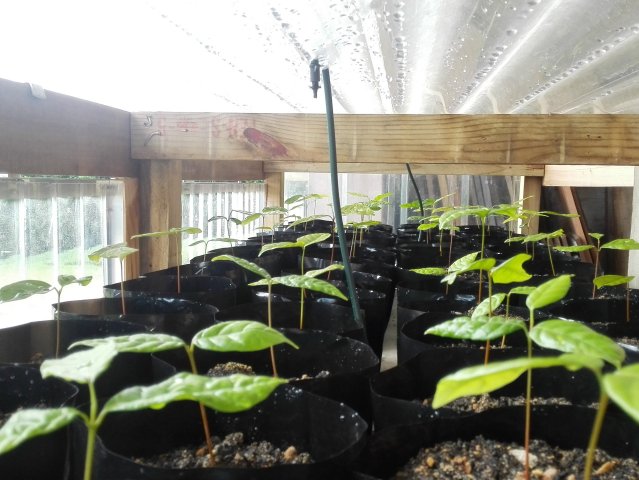
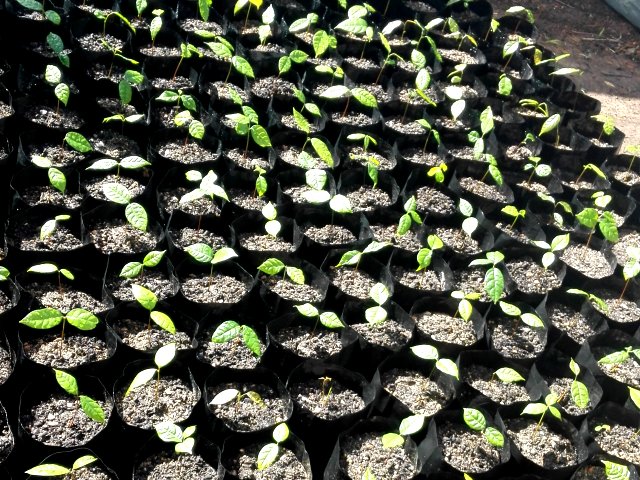
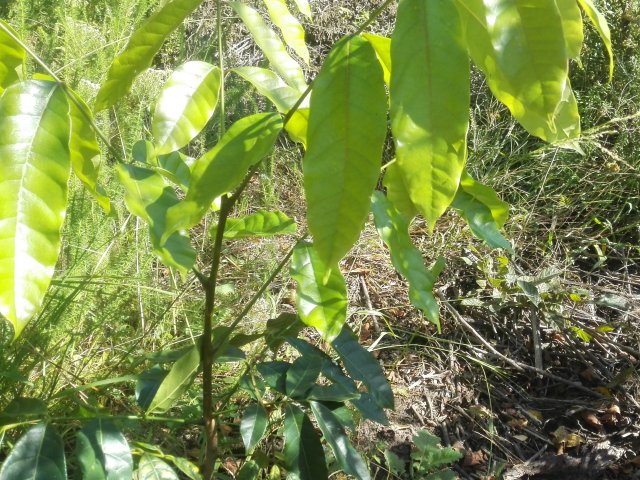
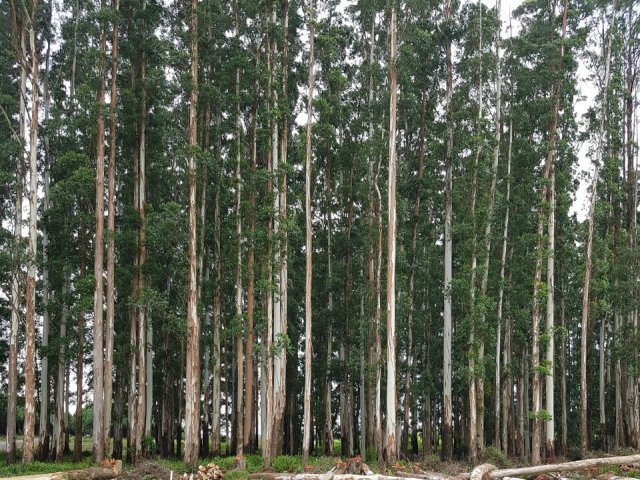
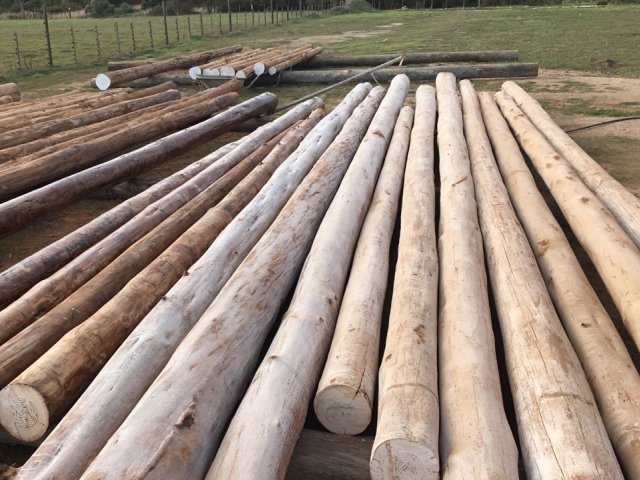
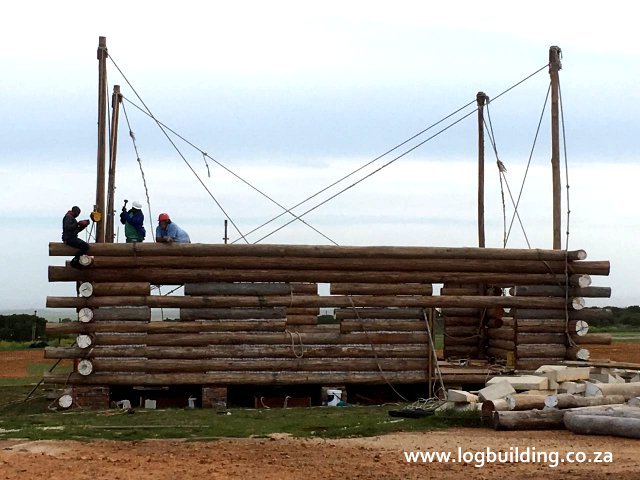
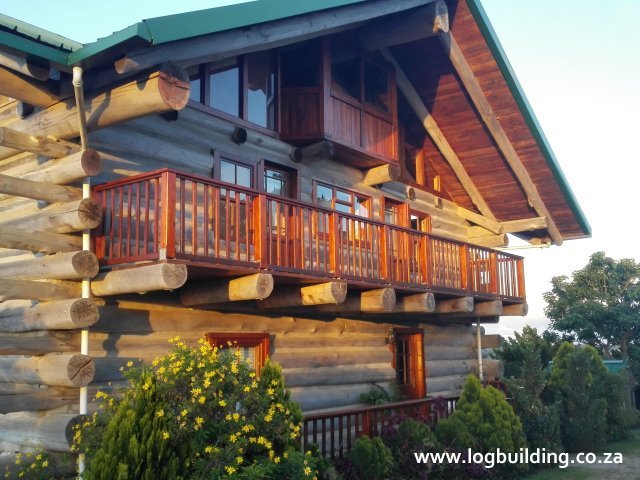
"We do not inherit the earth, we borrow it from our kids."
We have got to get away from this idea that it is wrong to cut down trees, if you re-plant the trees that we fell (or more), we are providing building material for a future generation. Someone in the past planted the trees which we are felling today, let us respect the fact that our children will also need material for building their homes and plant more trees today.
The only way that we will ensure that it is economical for them is to make trees plentiful...after all, nature does the work for us.